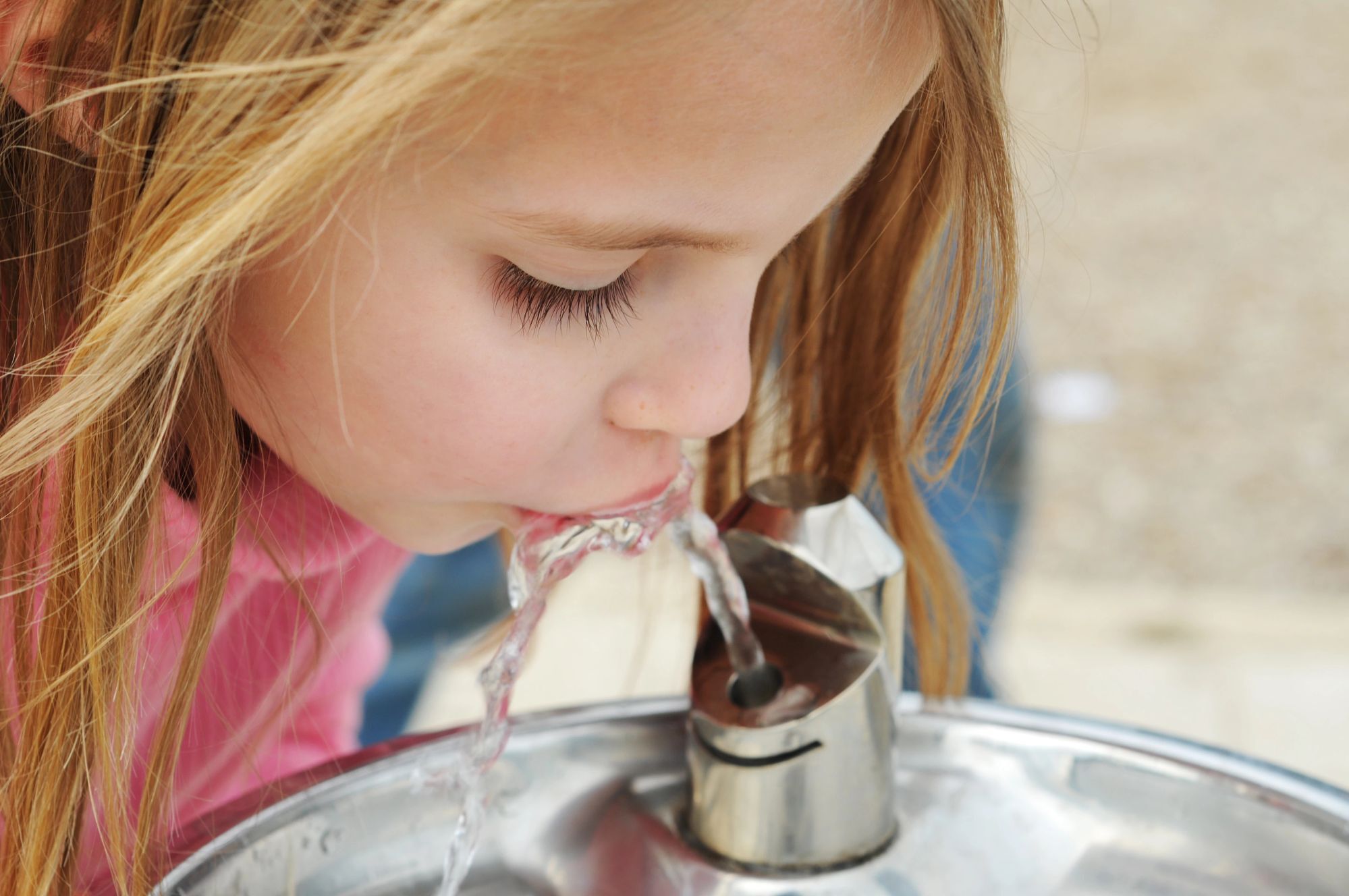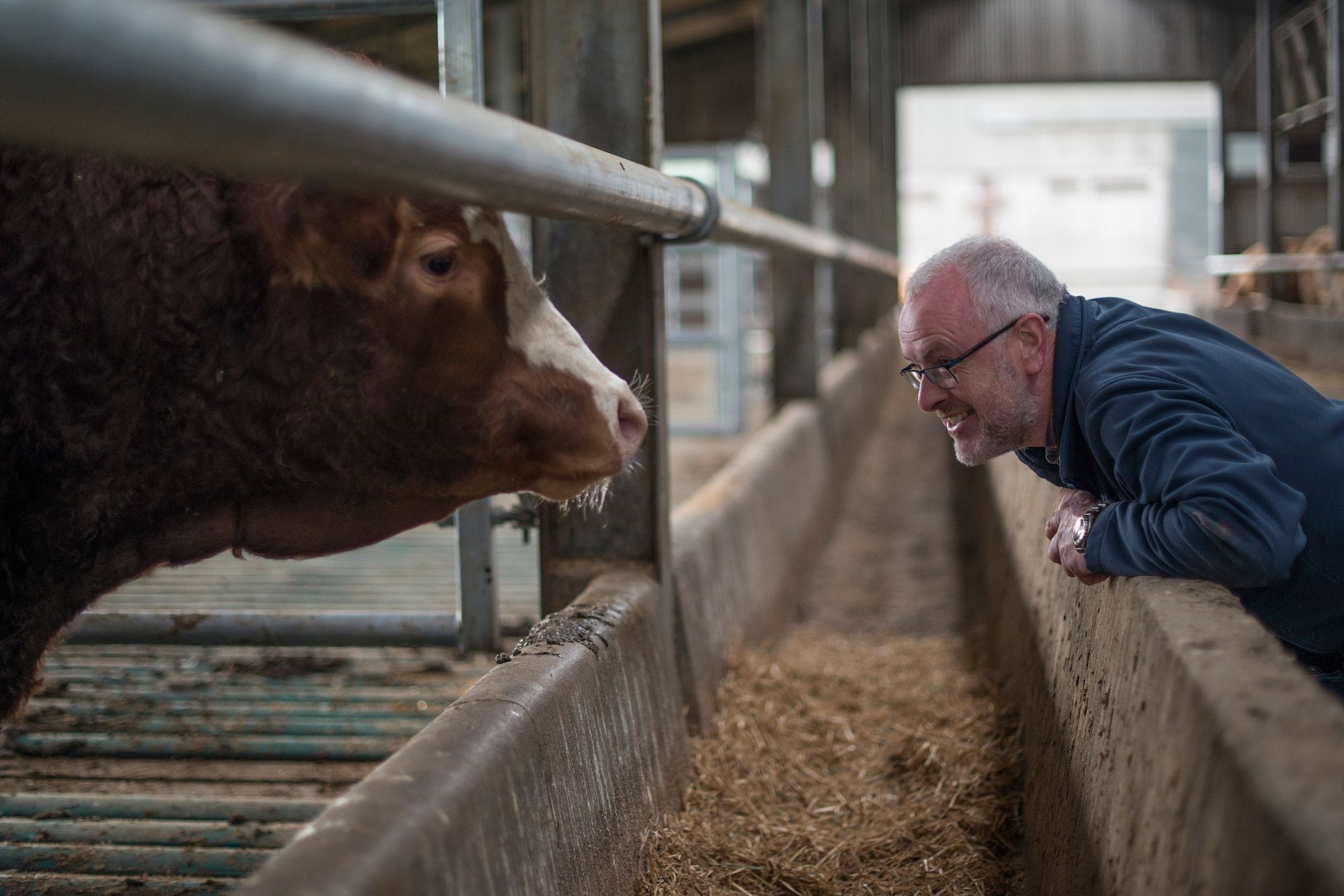Spring Cleaning: What’s the Difference Between Cleaning, Disinfecting and Sanitizing?
This year, as you prepare for your annual spring cleaning routine, you are most likely resolved to do a super deep clean of your home, and make sure it’s super safe for your family. Afterall, we have all whipped out an antibacterial hand sanitizer almost everywhere we’ve gone, and shopped for cleaning products that can kill bacteria, viruses and other illness-causing microorganisms. There’s no question that the threat of COVID-19 has created a heightened awareness about potentially harmful germs at our fingertips.
Beyond the dust bunnies and stubborn stains, you are probably wondering how to kill the nasty microorganisms and pathogens — germs — that have become part of our vocabulary during the frightening months of the pandemic.
So, what is the difference between cleaning, sanitizing and disinfecting, and should we be doing them all? The answer is yes, says Lisa Yakas, a consumer product safety expert, and a trained microbiologist, at NSF. Here, she explains the difference between cleaning, sanitizing and disinfecting.
- Cleaning is the process of removing dust and dirt, dried food or spills.
- Sanitizing removes and lowers the numbers of germs/bacteria on a surface to levels that are considered safe.
- Disinfecting uses chemicals to kill germs, both viruses and bacteria, and lowers the risk of spreading infection.
“If you want to reduce the risk of you or anyone else in your house getting sick, sanitizing and disinfecting are very important must-dos on your spring cleaning checklist,” says Lisa.
How to Clean and Disinfect
“It’s very important to clean before you sanitize and disinfect,” Lisa says. “You can’t sanitize a dirty surface. You have to get all the dust, dirt and gunk off first.”
Cleaning can be as simple as using warm water with dish soap or a homemade solution such as water and vinegar. “Take a clean sponge and scrub off any chunks of food or pieces of residue you see, getting in every nook and cranny,” she says.
"It’s very important to clean before you sanitize and disinfect."
It is important to keep in mind that cleaning soaps or vinegar solutions are not sanitizers, she adds. She recommends reading product labels to determine if the cleaning product is a sanitizer or disinfectant.
The U.S. Centers for Disease Control and Prevention offers these guidelines for cleaning and disinfecting:
- Wear disposable gloves to clean and disinfect and discard after use, or use reusable gloves that are dedicated only for cleaning and disinfecting
- Clean any dirty surfaces using soap and water first, then use disinfectant
- Clean or launder items according to the manufacturer’s instructions
- Wash your hands often with soap and water for 20 seconds
- Use a household cleaner on the Environmental Protection Agency (EPA)‘s disinfectants for coronavirus list
- The EPA also approves sanitizers, which only kill bacteria, while disinfectants kill bacteria and viruses
- Follow the instructions on the label to ensure safe and effective use of the product. Many products recommend:
- Keeping surface wet with the disinfectant for a short time to let it do its work
As a last line of defense, it’s also important to clean your sponges, says Lisa. Put your wet sponge in the microwave for two minutes. “But, when in doubt, throw them out just to be safe,” she adds.
“It’s always important to do as much cleaning as possible, especially in your kitchen,” says Lisa. “That’s one lesson that COVID certainly has driven home for us, to always clean and disinfect to be safe.”
Sign Up for Tips for Better Living
Stay up to date with what matters most to you and your family.
Sources:
www.cdc.gov/coronavirus/2019-ncov/prevent-getting-sick/disinfecting-your-home.html#disinfect
www.epa.gov/pesticide-registration/list-n-disinfectants-coronavirus-covid-19
How NSF Can Help You
Get in touch to find out how we can help you and your business thrive.

What’s New with NSF

Michigan’s “Filter First” Law: A Guide for Schools and Childcare Centers
April 23, 2024
Healthy People Living on a Healthy Planet: The Future We’re Working For
April 4, 2024
American Meat and Egg Distributors Now California-Ready with NSF’s Prop 12 Certification
April 3, 2024